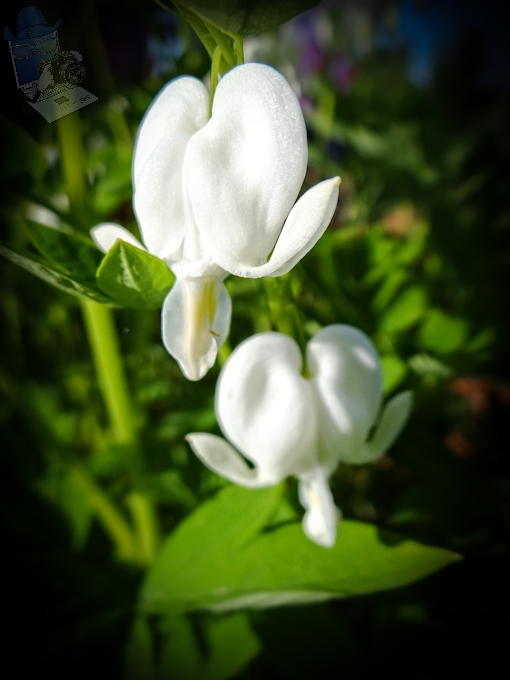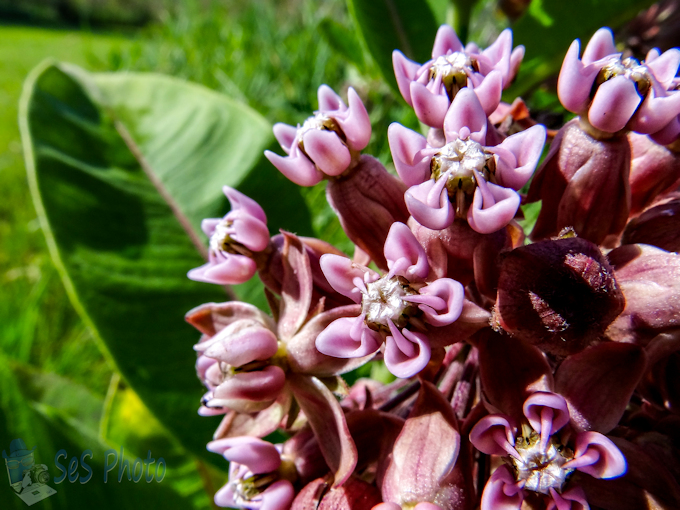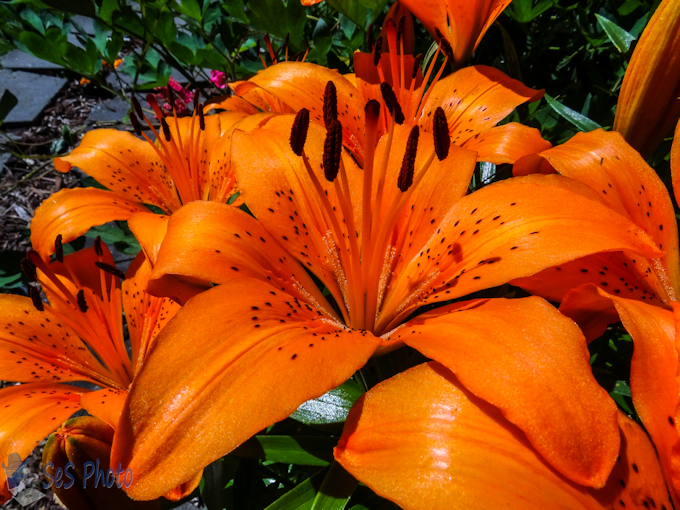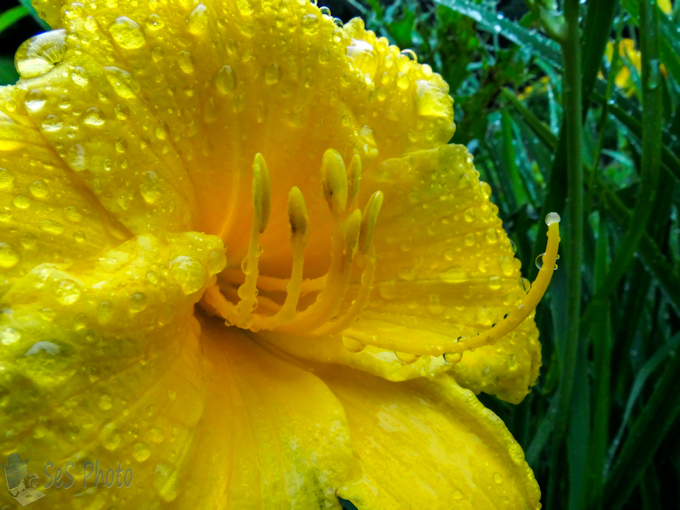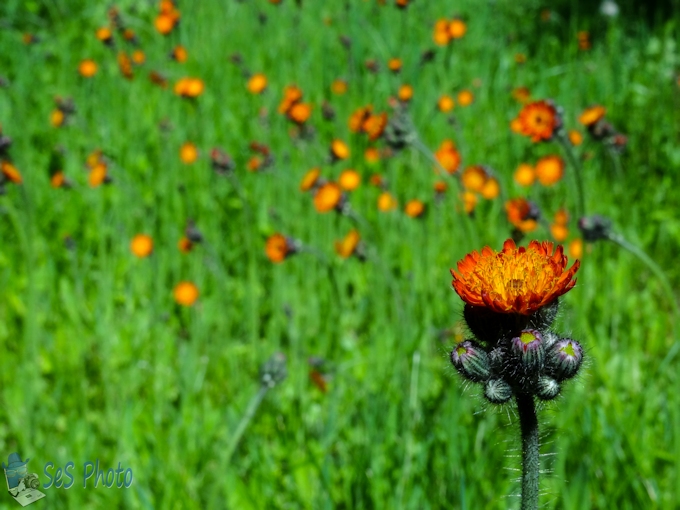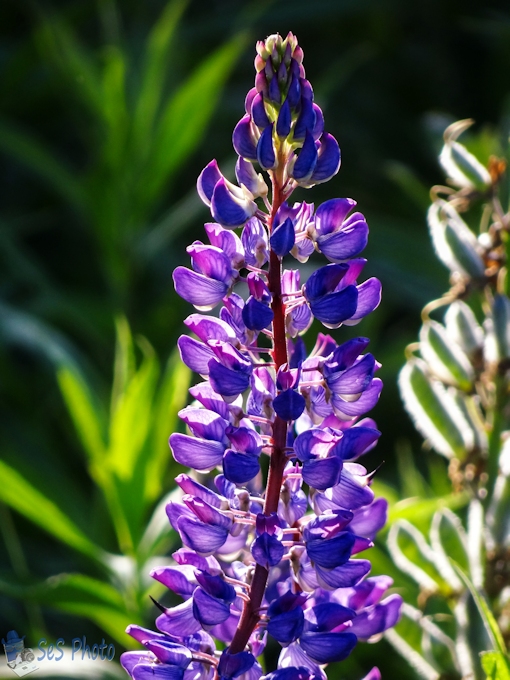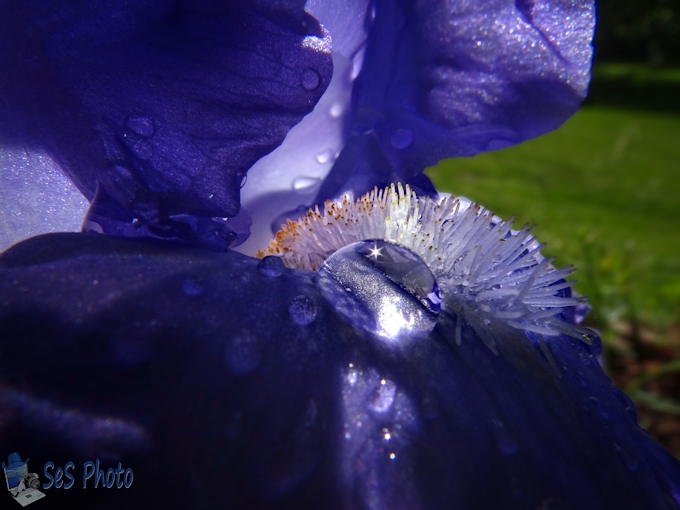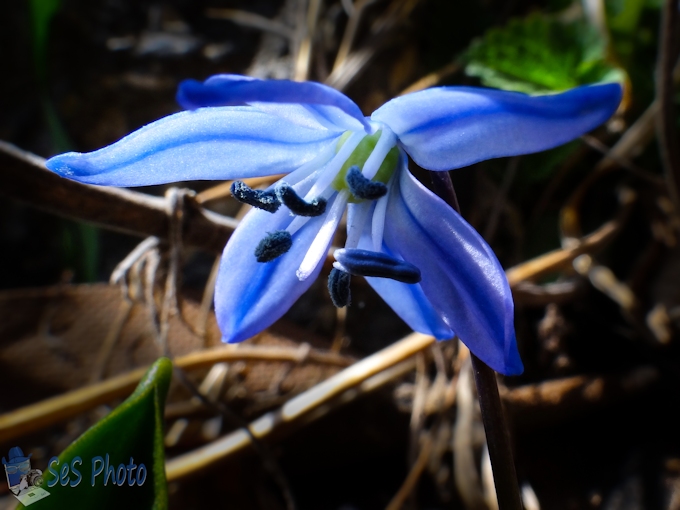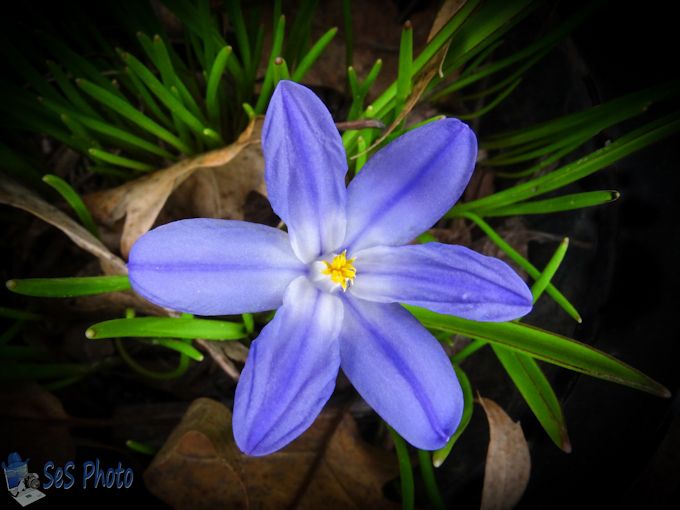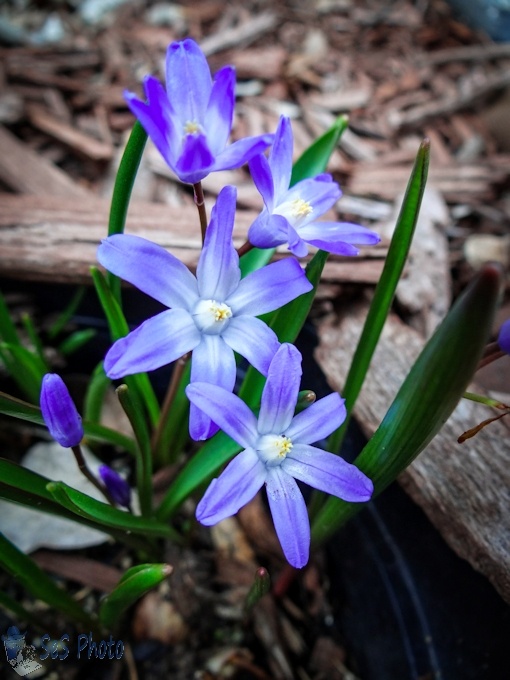While in town today for a clinic appointment, there was flowers being delivered to one of the staff there for Valentine’s Day. Flowers, candy, cards and other gifts are given to spouses and sweethearts, but even though I don’t have a sweetheart, I still like Valentine’s Day since the Valentine candy was already on sale today!
And red is often associated with Valentine’s Day, so these white bleeding hearts would be overlooked and not used for Valentine’s Day. Plus the legend of the bleeding heart flowers isn’t too romantic as a Japan legend tells a story of how the bleeding heart flower came to be. In the story, a young man tried win the love of a young lady. He did this by giving a pair of rabbits (which are the first two petals of the flower), a pair of slippers (which are the next two petals of the flower), and finally a pair of earrings (which are the last two petals of the flower) to the girl. She continued to reject his affections, and, heart-broken, he pierced his heart with his sword (the middle part of the flower) which caused the bleeding heart.
Rejected Bleeding Heart
